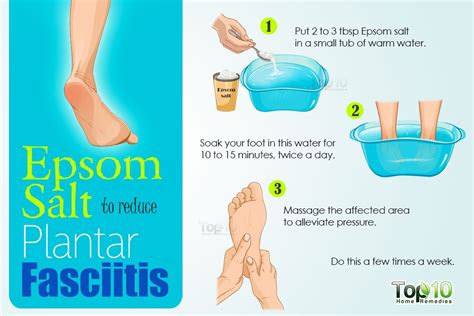How to Cure Plantar Fasciitis: A Comprehensive Guide
Plantar fasciitis, that stabbing heel pain that makes even walking a chore, affects millions. While there's no magic bullet for an instant cure, consistent application of the right strategies can significantly alleviate symptoms and, in many cases, lead to long-term relief. This guide outlines effective methods to manage and potentially cure your plantar fasciitis.
Understanding Plantar Fasciitis
Before diving into treatment, it's crucial to understand the condition. Plantar fasciitis is an inflammation of the plantar fascia, a thick band of tissue on the bottom of your foot that connects your heel bone to your toes. Overuse, improper footwear, tight calf muscles, and even being overweight can contribute to this painful condition.
Effective Treatments for Plantar Fasciitis
Conservative Treatments (Often the First Line of Defense):
1. Rest and Ice:
- Rest: Avoid activities that aggravate your pain. This might mean temporarily altering your workout routine or avoiding prolonged standing.
- Ice: Apply ice packs to your heel for 15-20 minutes at a time, several times a day. This helps reduce inflammation. Never apply ice directly to the skin; use a thin towel as a barrier.
2. Stretching and Exercise:
- Calf stretches: Tight calf muscles can pull on the plantar fascia, exacerbating pain. Regular calf stretches are essential. Hold each stretch for at least 30 seconds.
- Plantar fascia stretches: These stretches directly target the plantar fascia, improving flexibility and reducing tension. Examples include towel stretches and marble pickups. Consult online resources for proper form.
- Low-impact exercise: Once the pain subsides, gradually incorporate low-impact exercises like swimming or cycling to maintain fitness and strengthen supporting muscles.
3. Orthotics and Supportive Footwear:
- Orthotics: Custom or over-the-counter orthotics provide arch support and cushion the heel, reducing strain on the plantar fascia.
- Supportive Footwear: Choose shoes with good arch support, cushioning, and a firm heel counter. Avoid flat shoes or high heels.
4. Over-the-Counter Pain Relief:
- Nonsteroidal anti-inflammatory drugs (NSAIDs): Ibuprofen or naproxen can help reduce pain and inflammation. Always follow the recommended dosage and consult your doctor if you have any concerns.
More Advanced Treatments (If Conservative Methods Fail):
1. Physical Therapy:
A physical therapist can guide you through a personalized exercise program, teach you proper stretching techniques, and provide manual therapy to address muscle imbalances.
2. Corticosteroid Injections:
These injections can provide temporary pain relief, but they are not a long-term solution and may have side effects.
3. Extracorporeal Shock Wave Therapy (ESWT):
This non-invasive treatment uses sound waves to stimulate healing and reduce pain.
4. Surgery:
Surgery is rarely necessary for plantar fasciitis. It's typically considered only as a last resort if other treatments have failed.
Preventing Plantar Fasciitis Recurrence
Once you've found relief, focus on prevention:
- Maintain a healthy weight: Excess weight puts extra stress on your feet.
- Wear supportive footwear: Even when relaxing at home, choose shoes with good support.
- Stretch regularly: Incorporate plantar fascia and calf stretches into your daily routine.
- Listen to your body: Rest when you need it and avoid activities that aggravate your pain.
Disclaimer: This information is for general knowledge and does not constitute medical advice. Always consult with a healthcare professional or podiatrist for diagnosis and treatment of plantar fasciitis. They can assess your specific condition and recommend the most appropriate course of action. Ignoring pain or delaying treatment can lead to chronic issues. Early intervention is key.
